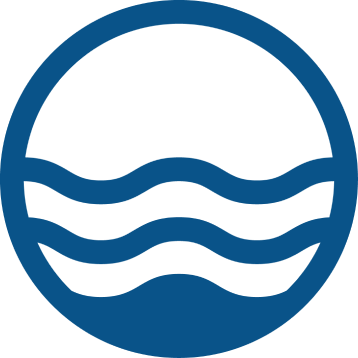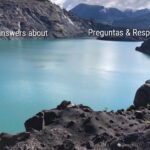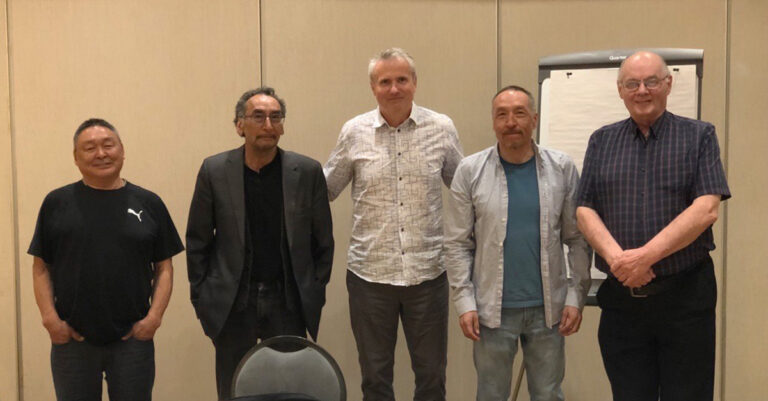
Sulphate is a common by-product found in mine impacted water that is increasingly on the regulatory radar as a contaminant of concern. Unlike metal contaminants such as copper that are often present in mining wastewater at low levels from 0.1 to 10 mg/L, sulphate concentrations tend to be much higher and can range upwards of 1,000 to 2,000 mg/L. These values are common even after pH adjustment with lime, which is the most common method currently used for sulphate control. As a result, while the percentage removal required to reach environmental discharge limits may be similar for both sulphate and metals, the mass load of sulphate requiring removal is orders of magnitude higher than that of metals.
To illustrate this order of magnitude difference, the table below shows the mass removals for a mine impacted waste stream being treated at a flow rate of 5,000 m3/d with the BC Water Quality Guidelines as the treatment target.
| Contaminant | Mine Water (mg/L) | BC WQG (mg/L) |
Removal Rate (%) |
Mass Removed (kg/d) |
| Sulphate | 1,800 | 218 | 88% | 7,900 |
| Copper | 1 | 0.005 | 99.5% | 5 |
In this example, achieving treatment targets requires the removal of 1,000 times more sulphate than copper. This difference has important implications for residue management, reagent consumption and treatment technology selection. Each of these factors makes sulphate a uniquely challenging contaminant to manage in mine impacted water.
Residue Management
The type of sulphate residue generated depends on the type of treatment used. One might make solid gypsum, ettringite or liquid brine. The 7,900 kg/d of sulphate removed in this example equates to 14 t/d of gypsum, 30 t/d of ettringite or 1,100 t/d of liquid brine. Each form of residue has very different characteristics in terms of stability, ease of handling, toxicity and off-take potential, all of which must be considered to appreciate and minimize the life cycle cost of treatment.
Reagent Consumption
Removing high mass loads of sulphate from water requires large amounts of reagents. To make gypsum and ettringite, the consumption of lime would be approximately 3-6 t/d, and the aluminum consumption for ettringite would be 1.5 t/d. Even when a mine is fully operational and well connected to port or rail services this is a significant expense. However, early in a project’s development when infrastructure is limited and reliance on air shipping is more common, the cost of handling tonnes per day of reagent can be prohibitive. The same is true during closure when the mine would be less staffed.
Technology Selection
Paper studies for mine water management often present sulphate removal through wetland or passive treatment as feasible options. In these processes, the sulphate is first converted to sulphide and then precipitated as a metal sulphide such as iron sulphide. For very small amounts of sulphate these treatment options are tenable, but the demands of high sulphate mass load removal may in some cases outstrip the assimilative capacity of a wetland while necessitating large additions of reactive forms of iron to act as the sulphide scavengers in others. Consequently, the degree of sulphate removal that is achievable through wetlands/passive treatment is often overstated.
At the heart of it all, water treatment is about mass balance. Whenever you remove a contaminant from wastewater you are converting it into a by-product that must be managed. This isn’t unique to sulphate. What is unique to sulphate is the scale of the issue: whatever you choose to make, you will be making a lot of it.
Written by
Patrick Littlejohn, PhD, PEng







